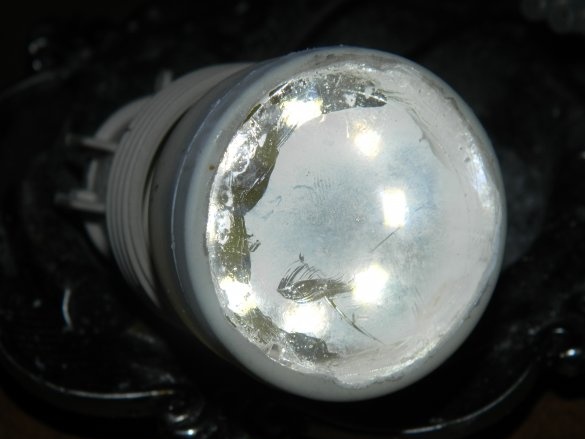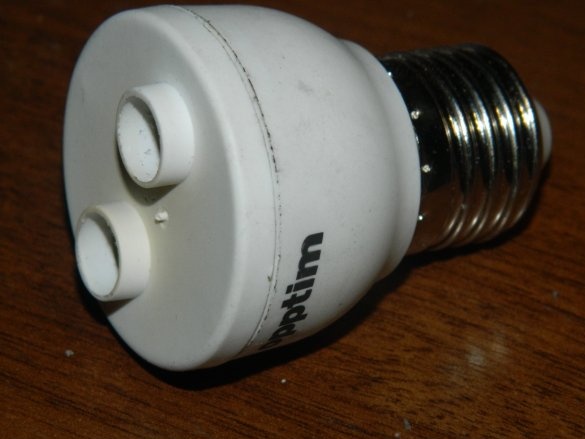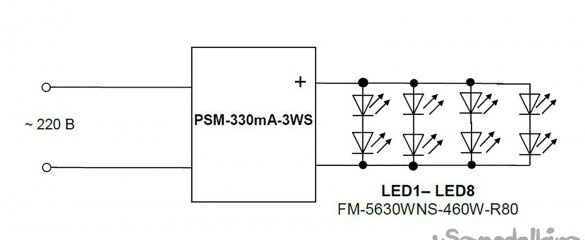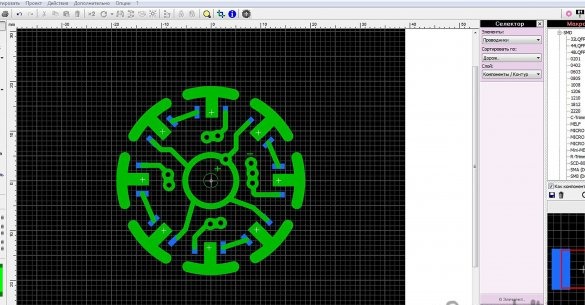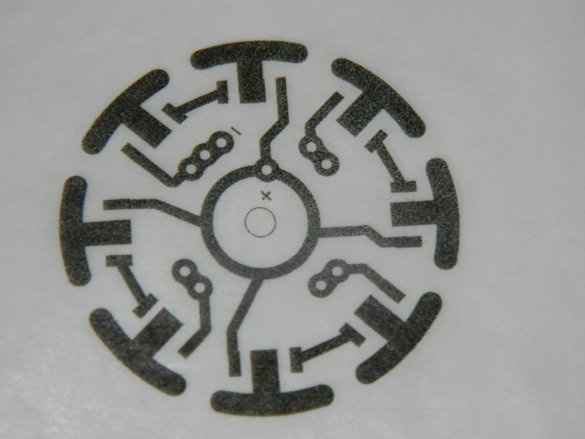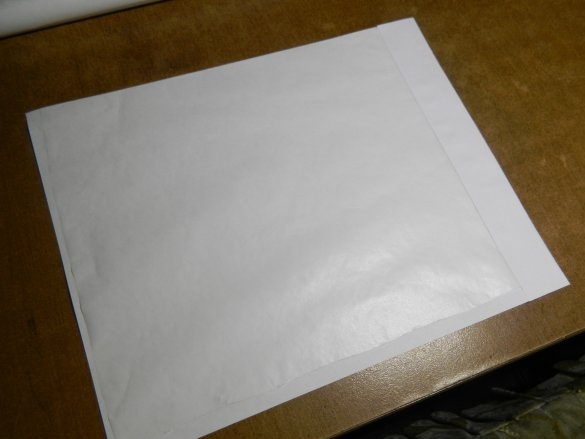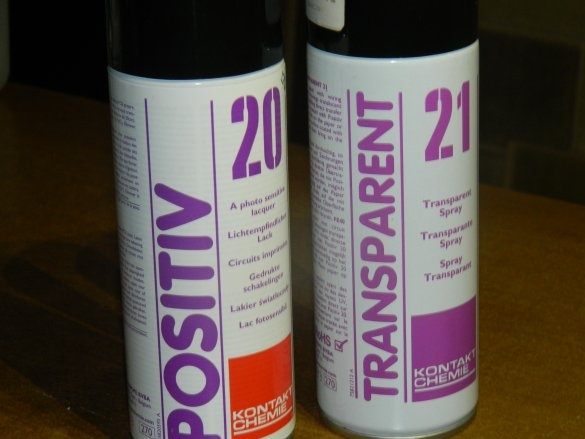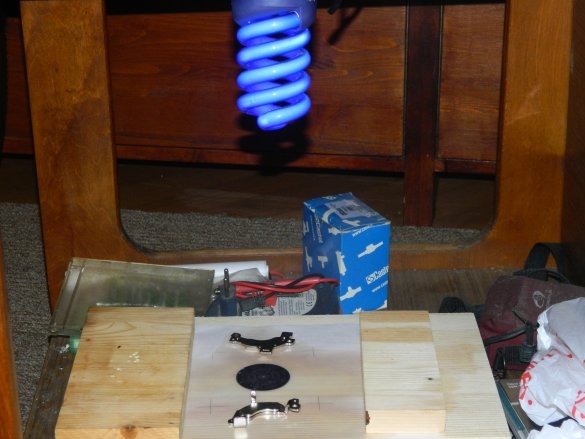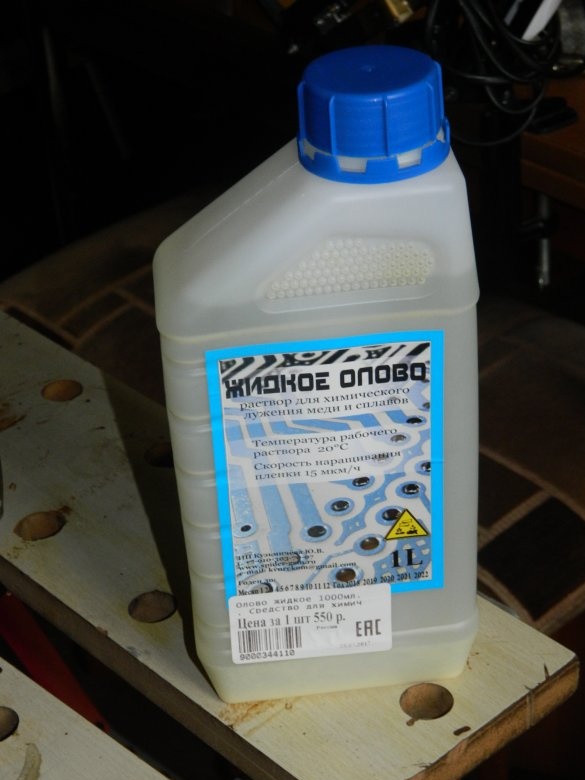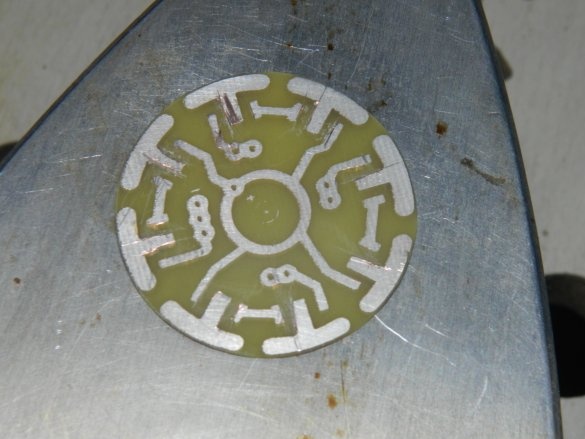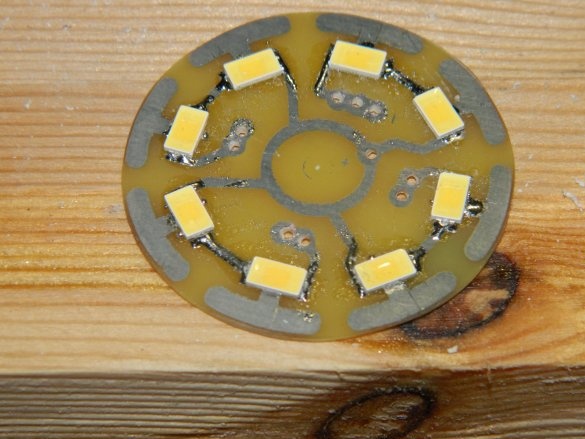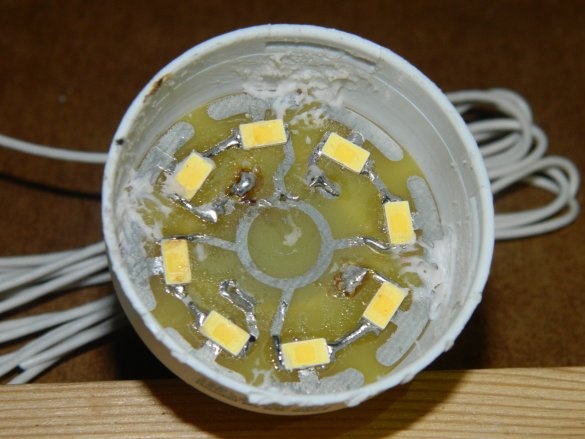Everyone already knows LED technology, and how they can save energy (and energy is now expensive!). So I thought to put everything on a semi-industrial scale - the income at home and in the country are all right. At all, country house I am equipped with electronics in full. And although I have to pay 5.45 kW / hour (SNT), I never crawl out for 250 rubles. (although I always use the electric oven). Well, okay, good foreplay, it's time to get down to the material.
The light bulb that fell into my hands was non-standard - total internal ø40 mm, so that my boards would not fit.
I decided to do it myself. Sketched a sketch, drew it Layout
I printed it twice so that there were no spaces.
He printed on ordinary tracing paper - so that she did not jam, I had to make an envelope out of thick paper.
Then things went faster - I had to go to Chip and Dip and buy (expensive!) Components that could not be dispensed with - POSITIV 20 gives a photosensitive film, and TRANSPARENT 21 makes the paper transparent (convenient if you print from a magazine - it dries and no traces left).
Before that, you need to prepare the board well. I took the smallest skin and treated it with Seth under warm water (I read it somewhere on the Internet, and on the advice I burned the board drawing with an industrial hairdryer). The board worked perfectly - water flowed through it, but was not washed off. I processed POSITIV 20 and, after drying in the oven at a temperature of 100 ° C for 40 minutes, set it to light under an ultraviolet lamp.
Next, I bought a "liquid tin", so as not to tin with a soldering iron,
and placed in it for 1 hour.
Since the LEDs are max 150 mA, and the board material is fiberglass, I decided not to risk it, but to give half the power.
This is what happened after all the pickling and “bathing” in the “liquid tin” - beauties! By the way, a good thing for the master is that you don’t have to trick the boards with a soldering iron. This significantly speeds up the process (and in an hour you can drink a seagull).
Then I soldered the LEDs that I had already mastered (on the iron) technology.
I soldered the conductors at the bottom and fixed the board in the case to “liquid nails”.
Then he set the glass (cut from some box from something there) and closed the lid. The glass is slightly wrapped.
The result was a light bulb that produces about 350 lm, and it seems to shine brighter, because the thermal temperature is 4200 K.


